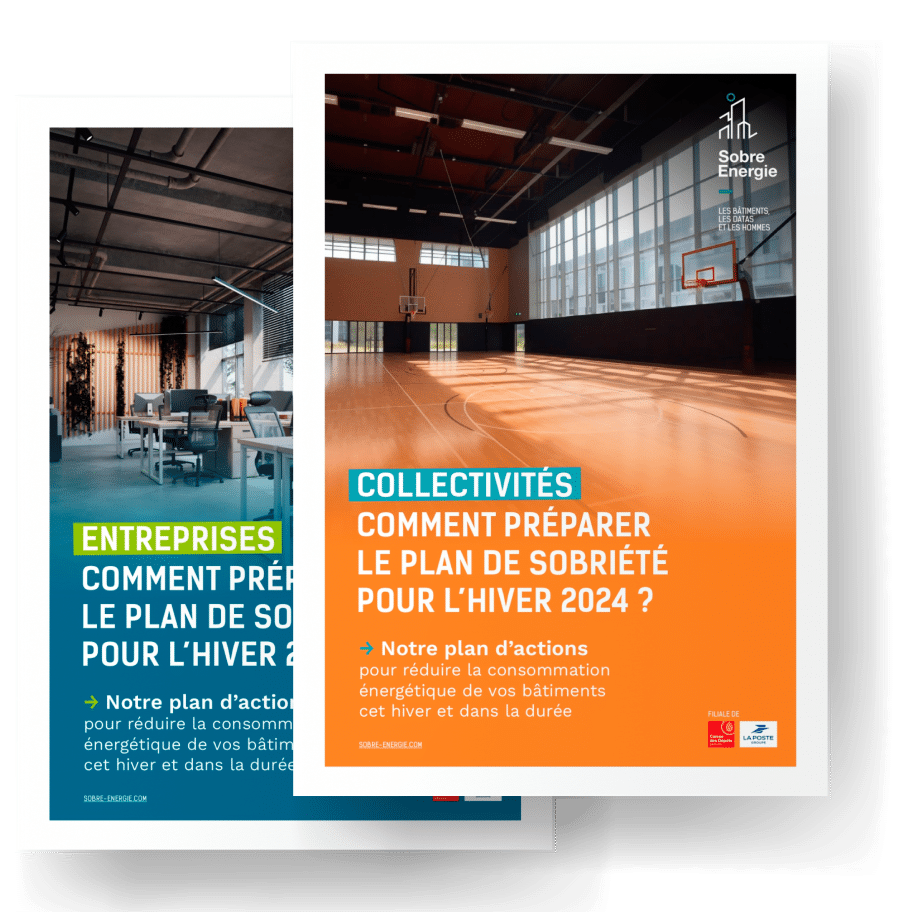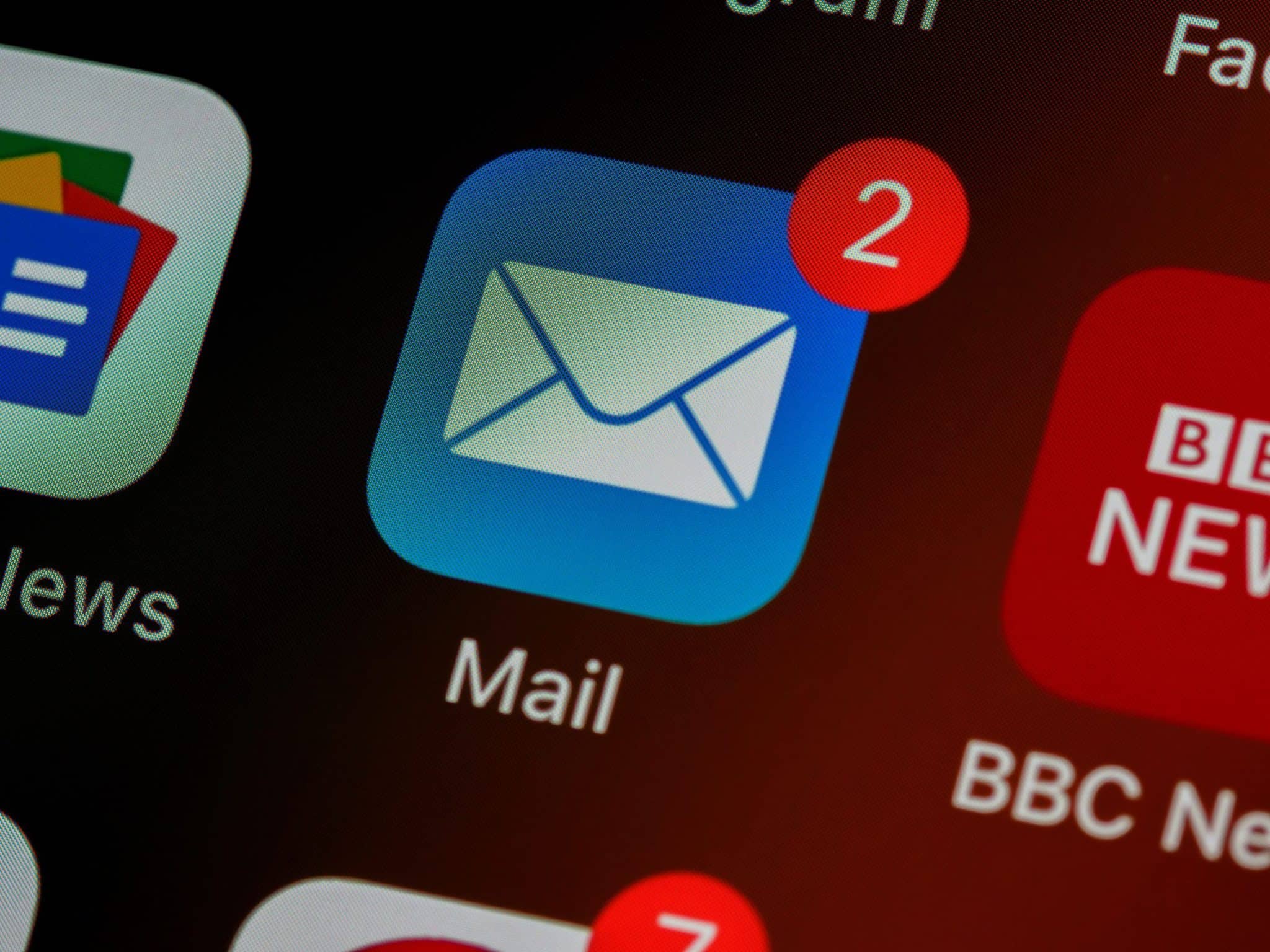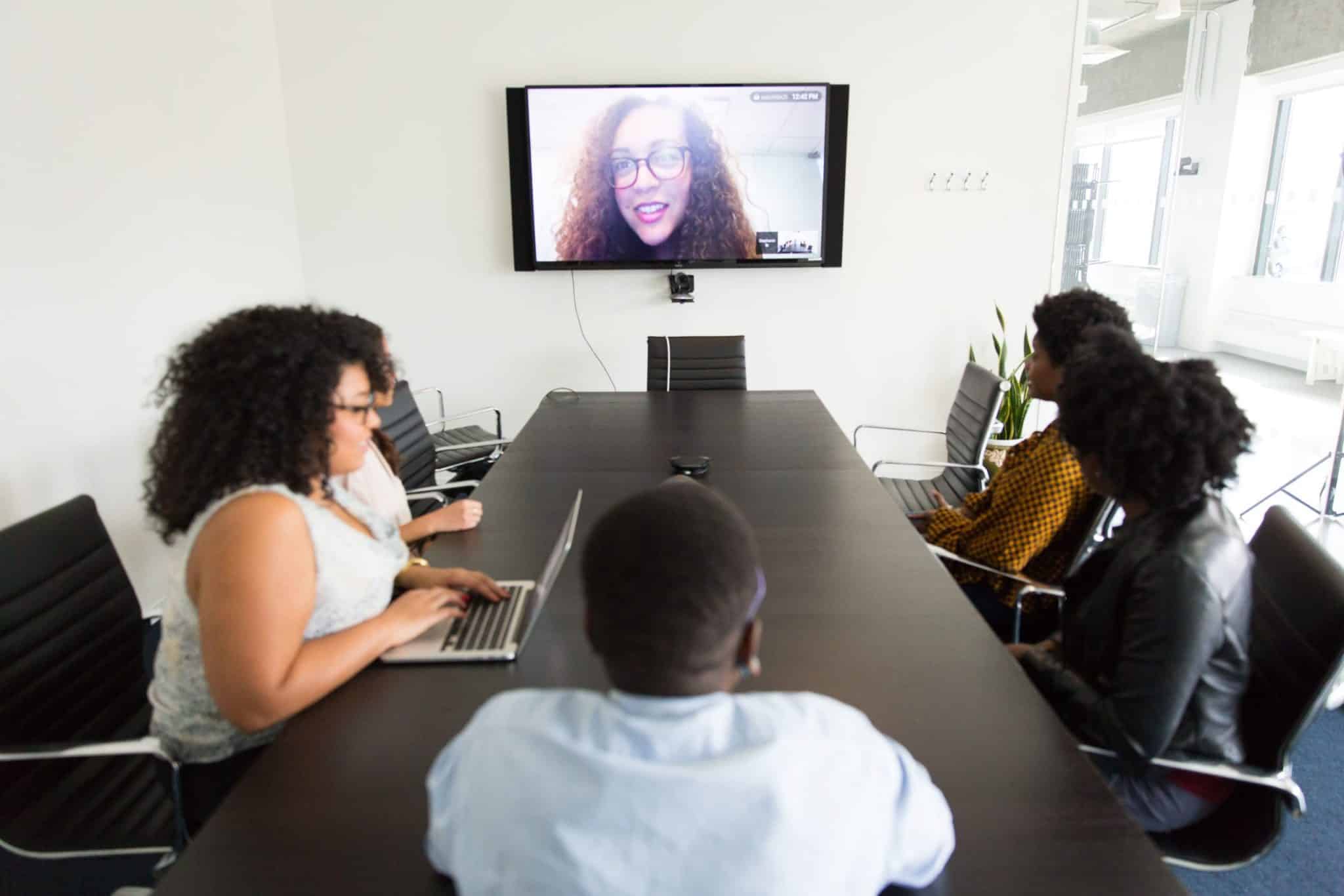Look above you. High up in the sky, above our heads, a cloud floats. Invisible, but with a very real energy impact: the cloud, this vast virtual cloud which hosts the millions of data from our digital lives.
Figures that make you dizzy
In Digital sobriety, the keys to action , Frédéric Bordage recorded in 2017, in 1 minute:
- 69,000 hours of series and films watched on Netflix
- 4.1 million videos viewed on Youtube
- 527760 photos posted on Snapchat
- 3,607,080 Google searches
- 456,000 tweets
- 46740 Instagram photos
- 103 million spam messages
This cloud alone accounts for 2.7% of French GHG (greenhouse gas) emissions, according to a Senate report. And this weight is expected to more than triple by 2040.
At the global level, according to the Shift Project study , the digital footprint will represent 8% of total global emissions by 2025. That is to say the equivalent of all global automobile traffic, which contributes to global warming, as recalled the IPCC in its latest report recently deciphered on this blog.
A real digital pollution which is developing extremely quickly!
But good news, there are simple eco-gestures for digital sobriety.
Here are 4 good practices to implement in the office
-
Limit the number of emails sent
This happens to you every day at the office, you send an email of a few lines, to multiple recipients, sometimes not so far from you. Between two colleagues, a room or a floor separates you, but an email travels on average 15,000 km through different energy-intensive servers before arriving in an inbox ( Source Ademe ). That's almost the equivalent of the distance between Paris and Sydney!
So from now on, let's favor a real meeting when possible, rather than yet another email. It's good for the planet (and for morale!). Ready to take the plunge? Discover in our article 21 days to change your habits , how what will be an effort at the beginning will then become a habit after a few weeks.
-
Turn off unused devices
It's our best friend at work: the computer with which we spend 8 hours a day or more. And often, when we're not using it during a break or meeting outside, it stays on on standby. Even a black screen continues to consume, like the devices you leave on standby at home (television, internet box, speakers, etc.). Like lighting or heating, the energy efficiency of a building , which we regularly talk to you about on this blog, also involves IT equipment.
It is therefore better to completely turn off your computer rather than put it to sleep. Across France, if all households turned off their devices on standby, the energy saved would correspond to the production of 1/4 of a nuclear power plant , or the electricity consumption of the cities of Lyon and Nice combined. !
-
Choose audio over video
Since the health crisis, videoconference meetings have become daily via Teams, Zoom, etc. And all of this weighs heavily in terms of bandwidth and therefore carbon emissions. Global consumption of video streaming emits 300 million tonnes of CO₂ worldwide each year ( Source Greenpeace ). Which corresponds to the pollution of a country like Spain! So from now on, once you have gone around the table to introduce yourself, remember to turn off the camera and continue to exchange in audio only. It's just as effective and better for the planet.
-
Extend the life of your electronic equipment
Tablets, computers, smartphones, we multiply devices every day. You should know that 600 kg of raw materials are used for a 2 kg laptop. So by keeping your device for 4 years instead of 2 years, you improve the digital environmental assessment of your equipment by 50% according to Ademe.
🤖 Summarize this article with an AI
Click on a button to automatically sum up this page with the AI of your choice.


